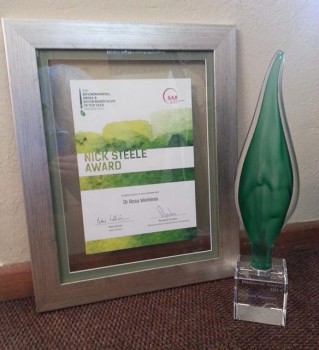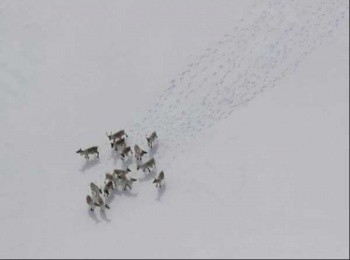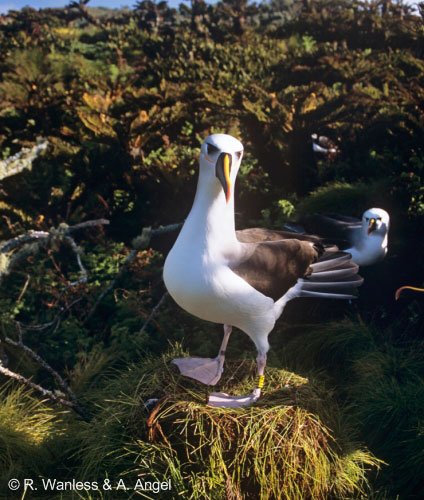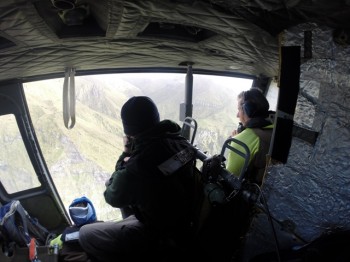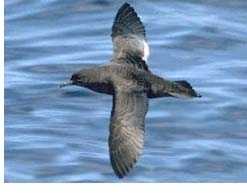BirdLife Malta has reported 17 cases of young Scopoli’s Shearwaters Calonectris diomedea stranded inland due to the effects of light pollution in the past two weeks (click here).
“Insensitive lighting from coastal development misleads these birds inland, often ending with these birds grounded and unable to make it back to the sea. Light pollution is one of the main threats for Malta’s shearwaters, not only causing these strandings but also the abandonment of entire colonies in the past.”
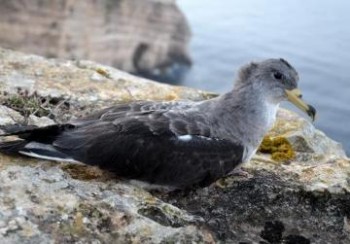
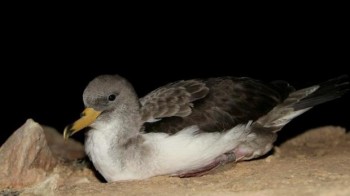
Rescued Scopoli's Shearwaters downed by light pollution in Malta last month, later successfully released
Photographs by Ben Metzger and Joe Sultana
Malta’s population of Scopoli’s Shearwaters has been estimated at around 4500 pairs, equivalent to an estimated 5% of the Mediterranean breeding population. According to BirdLife Malta the main threats to the species in Malta are development close to the colonies, disturbance and persecution by humans, light and sound pollution and fisheries bycatch.
A number of other shearwater species are affected deleteriously by artificial lighting when fledging. These include Yelkouan Puffinus yelkouan in Malta (click here), Newell’s P. newelli and Wedge-tailed P. pacificus in the Hawaiian Islands, Short-tailed P. tenuirostris in Australia, Townsend´s Shearwater P. auricularis on Mexico’s Socorro Island and Cory’s C. borealis in the Azores and Canary Islands. Gadfly Pterodroma spp. and other burrowing procellariiform species are also affected at inhabited localities.
Selected Literature:
Gaston, K.J., Davies, T.W., Bennie, J. & Hopkins, J. 2012. Review: reducing the ecological consequences of night-time light pollution: options and developments. Journal of Animal Ecology 49: 1256-1266.
Raine, H., Borg, J.J., Raine, A., Bairner, S. & Borg Cardona, M. 2007. Light pollution and its effect on Yelkouan Shearwaters in Malta; causes and solutions. BirdLife Malta 54 pp.
John Cooper, ACAP Information Officer, 01 November 2014

 English
English  Français
Français  Español
Español 
